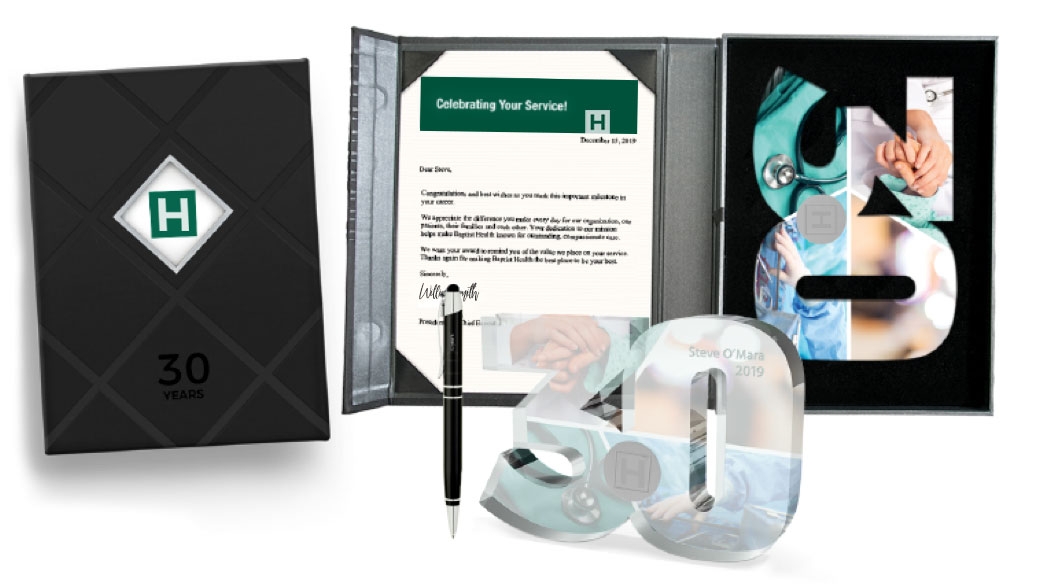Employee Engagement is at an all-time high
5 Employee Recognition Best Practices in 2020
According to the latest Gallup research, employee engagement in the U.S. is at an all-time high. But wait… how come your…
- Employee engagement scores are stagnant?
- Communication silos are worse within and across departments?
- People are moving out of certain departments at record rates?
One explanation may be your outdated or poorly designed recognition programs.
The companies in the Gallup study with the highest engagement levels identified themselves as high-development cultures. High development organizations prioritize the education of managers and recognize the outstanding leaders and employees who demonstrate their values. They see employee recognition as a means to develop and stretch employees to new levels of success.
Have you been running the same recognition programs for years and thinking it’s time for more impact? Here are 5 best practices to consider when overhauling your recognition and rewards program.
1. Include ALL team members
Inclusivity is your #1 goal. Design your programs so ALL employees – not just those in head office – are included.
Consider:
- The organizational structure, access to technology and type of work performed in each of your locations to ensure accessibility and relevance
- Timing. Roll out your new program to everyone in the same location, at the same time
Today’s digital recognition tools make it easy, accessible and fun to recognize and be recognized. With a click of a button, drop down menu and short open field, employees and managers can easily nominate top performers and recognize everyday stars – reducing risk of bias and favoritism.
2. Recognize Often, Reward Strategically
70% of recognition should be non-monetary. The best recognition and reward programs aren’t tied to a timetable. The most effective programs allow employees to recognize their peers immediately, and as often as they see fit.
Digital recognition tools automate and streamline this process. You can set up pre-determined points for specific behaviors or pool kudos and award points on a monthly basis. These types of things help increase participation and reduce administration on the part of your managers.
SouthWest Airlines KickTail program processes on average 80,000 non-monetary accolades/month! The higher the participation, the more contagious, positive and impactful your program will be.
3. Recognize behaviors aligned with your core values
Your organization’s core values form the foundation of your program and the criteria employees/managers use to determine who should be recognized and/or rewarded for excellence.
Consistent criteria is required so team members trust you are recognizing people who are making valuable contributions and not just rewarding the most popular employees.
4. Create excitement from kickoff onwards
Communicate. Communicate. Communicate.
You and your recognition partner will need to communicate how the program works, how people can participate and what’s in it for your them. To do this effectively requires the use a variety of mediums… posters, emails, videos, payroll stuffers, company newsfeed, your Intranet, meetings, etc.
Don’t underestimate the impact colorful graphics, imagery of awards/rewards offered and bold messaging have on program uptake!
5. Lead by example
More than anything, the success of a new recognition program depends on senior management buy-in.
Visibility is key. Leadership support will ensure recognition is viewed as a strategic and fundamental tenet of your organization’s culture and philosophy. Consider:
- Creating a video featuring an executive highlighting your values and importance of people
- Streaming acts of recognition in high traffic areas throughout the organization
- Starting every meeting by commending an individual or team on success
Highlighting employees who are doing things right AND those recognizing others – all help to build excitement and make your program contagious!
According to research in the Journal of Applied Psychology, and summarized in the Harvard Business Review, the spillover effects of recognizing team members has a positive effect on the individual AND other members of the team.
Related articles:
Need help getting started? You’re in the right place. Contact us today!


















